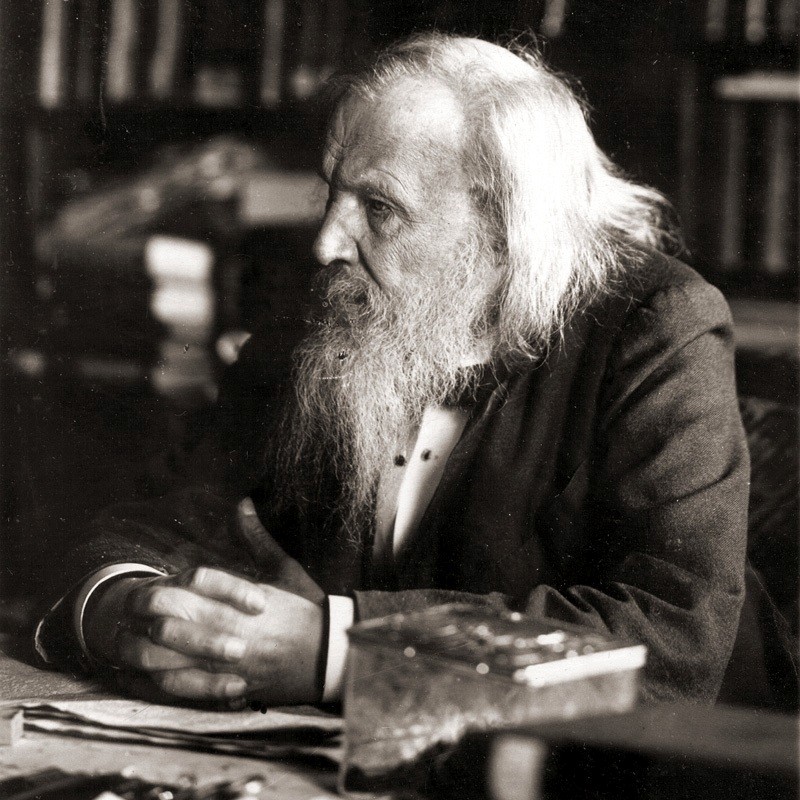Mendelew
101
Md
Grupa
Nie dotyczy
Okres
7
Blok
f
Protony
Elektrony
Neutrony
101
101
157
Ogólne właściwości
Liczba atomowa
101
Masa atomowa
[258]
Liczba masowa
258
Kategoria
Aktynowce
Kolor
Nie dotyczy
Radioaktywny
Tak
Named after Dmitri Mendeleev, who created the Periodic Table
Układ krystalograficzny
Nie dotyczy
Historia
Mendelevium was discovered by Albert Ghiorso, Glenn T. Seaborg, Gregory R. Choppin, Bernard G. Harvey and Stanley G. Thompson in 1955 at the University of California, Berkeley.
It was produced by the bombardment of einsteinium with helium.
Mendelevium was identified by chemical analysis in an ion exchange experiment.
It was produced by the bombardment of einsteinium with helium.
Mendelevium was identified by chemical analysis in an ion exchange experiment.
Elektrony na poszczególnych powłokach
2, 8, 18, 32, 31, 8, 2
Konfiguracja elektronowa
[Rn] 5f13 7s2
Mendelevium was the first element to be produced one atom at a time
Właściwości fizyczne
Stan skupienia
Ciało stałe
Gęstość
- g/cm3
Temperatura topnienia
1100 K | 826,85 °C | 1520,33 °F
Temperatura wrzenia
-
Ciepło topnienia
Nie dotyczy kJ/mol
Ciepło parowania
Nie dotyczy kJ/mol
Ciepło właściwe
- J/g·K
Ilość w skorupie Ziemi
Nie dotyczy
Ilość we Wszechświecie
Nie dotyczy

Opis Obrazu: Wikimedia Commons (Serge Lachinov)
The element is named to honor Dmitri Mendeleev, the developer of the periodic table of elements
Numer CAS
7440-11-1
Numer CID PubChem
Nie dotyczy
Właściwości atomowe
Promień atomowy
-
Promień walencyjny
-
Elektroujemność
1,3 (Skali Paulinga)
Energia jonizacji
6,58 eV
Objętość molowa
-
Przewodność cieplna
0,1 W/cm·K
Stopnie utlenienia
2, 3
Zastosowania
Mendelevium is used for scientific research purposes only.
Mendelevium is harmful due to its radioactivity
Izotopy
Stabilne izotopy
-Niestabilne izotopy
245Md, 246Md, 247Md, 248Md, 249Md, 250Md, 251Md, 252Md, 253Md, 254Md, 255Md, 256Md, 257Md, 258Md, 259Md, 260Md, 261Md, 262Md